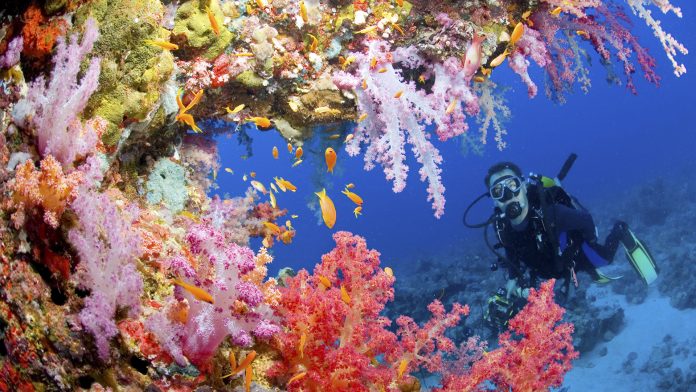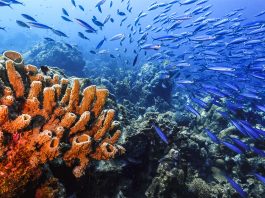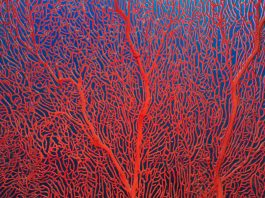NASA is inviting members of the public to help researchers understand coral reef ecosystems by playing the NeMO-Net video game.
NeMo-Net is a smartphone game where players can help to identify coral reefs by painting images of coral. Players can rate each other’s classifications while exploring coral reef ecosystems all over the world.
Marine ecosystems – coral reefs in particular – are facing a conservation crisis as a result of climate change.
To better understand these environments and the challenges they face, researchers accumulate massive image libraries of underwater ecosystems, utilising 3D imagery gathered by divers and snorkelers, on top of 2D images collected from satellites.
Together, these methods offer researchers huge quantities of data, but to attain the most benefit from these libraries, researchers require a method to quickly analyse ecosystems for patterns or ‘classifications.’
In a new study in Frontiers in Marine Science, scientists at NASA’s Ames Research Center’s Laboratory for Advanced Sensing automated this method using an Artificial Intelligence (AI) tool known as convolutional neural network (CNN).
Lead author Jarrett van den Bergh of the Bay Area Environmental Research Institute explained: “Vast amounts of 3D coral reef imagery need to be classified so that we can get an idea of how coral reef ecosystems are faring over time. Making this classification process as efficient as possible drove us to look at automation with CNNs.”
CNNs are an AI tool model based on biological neurons and brains that are applied to examine images and search for characteristics, such as different types of coral on a reef, or swimming fish. This layered depth is what makes CNNs optimal for studying complex images, such as those of coral reef ecosystems.
Van den Bergh explained that using CNNs can come with complex difficulties when classifying data: “CNNs require lots of training data to function correctly, so it was vital for us to build a large database of data that we could use to train the CNN on how to classify these complex 3D images of coral reefs.”
In order to overcome this difficulty, the scientists have developed a video game called NeMO-Net that will allow members of the public to assist in efforts to classify and understand coral reef ecosystems.
As players delve into virtual underwater worlds, they can learn about and classify species of coral, and their classification labels are then used to train NeMO-Net’s CNN.
“NeMO-Net collects data primarily, but it is also an educational tool that gives people a more intimate understanding of our coral reefs. To date the game has reached over 300 million people in the seven months since release,” commented van den Bergh.
The scientists believe that developing the video game and CNN tool will be invaluable for other conservation and mapping projects, and that going forward, further research into the potentials of machine learning should be explored.
“As our technology progresses, machine learning might be able to give us a good estimation of what our coral reefs will look like two or five years from now. This could be extremely useful for coral reef conservationists who want to see the impact of their work. We are only just beginning to see the impacts of machine learning in conservation,” van den Bergh added.









